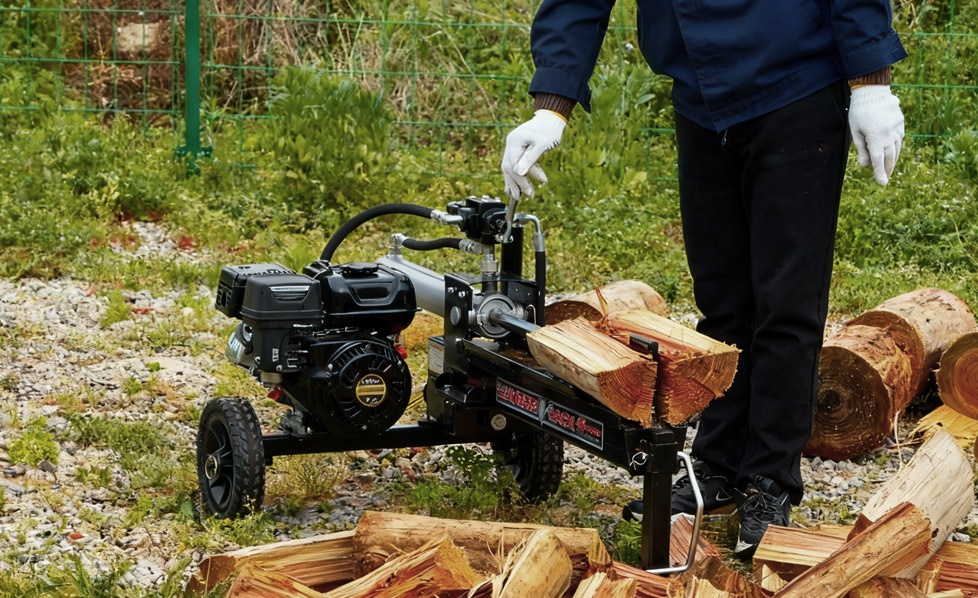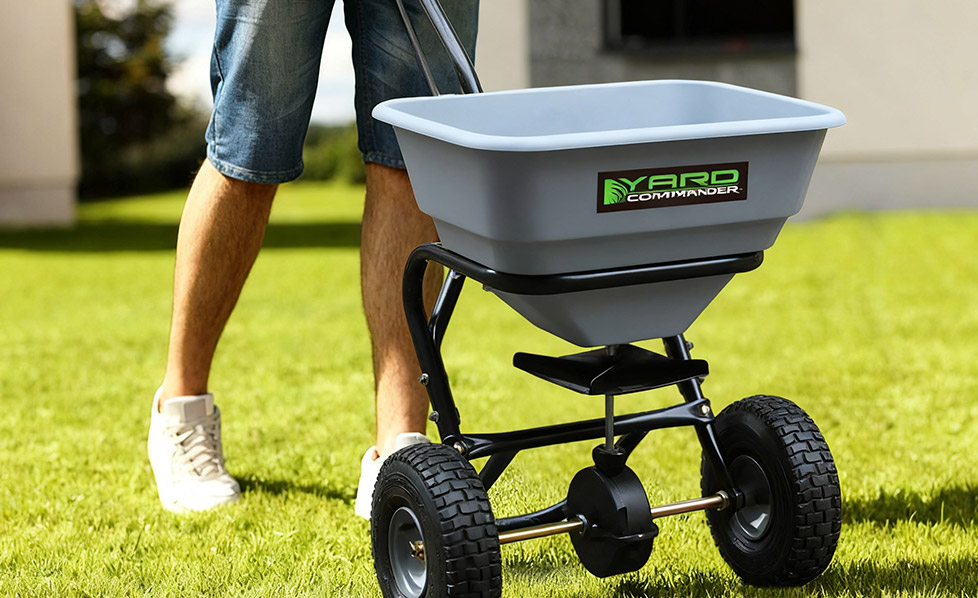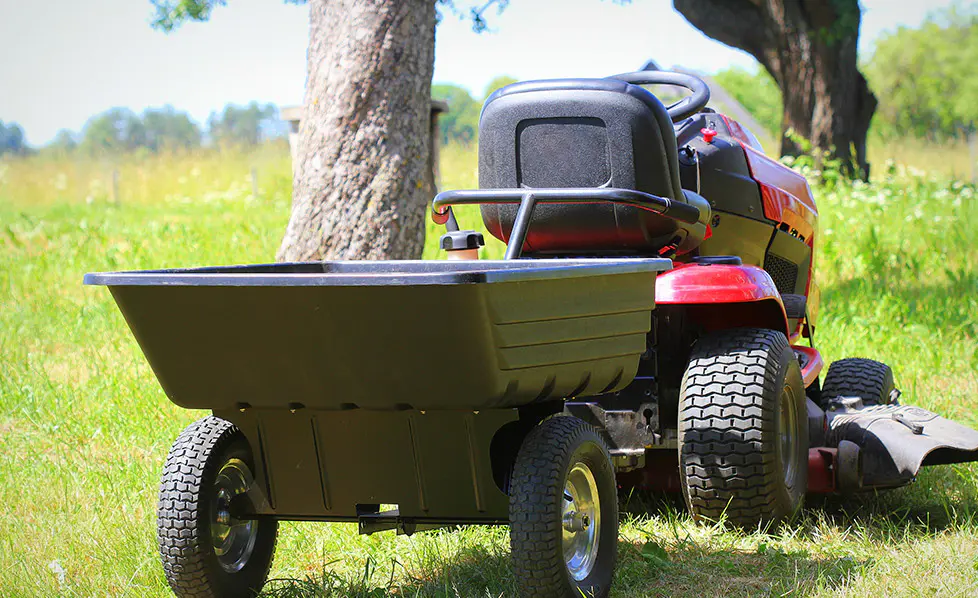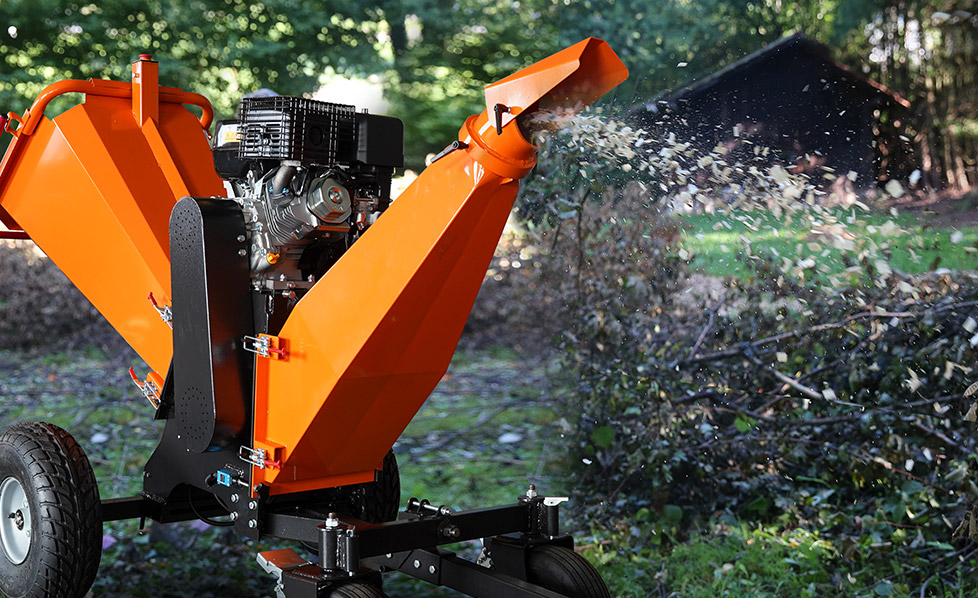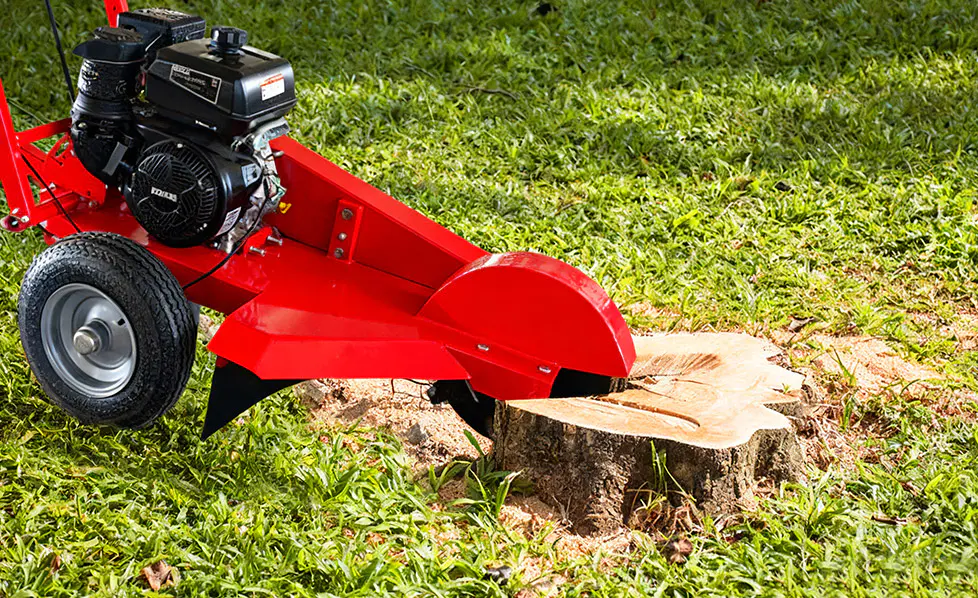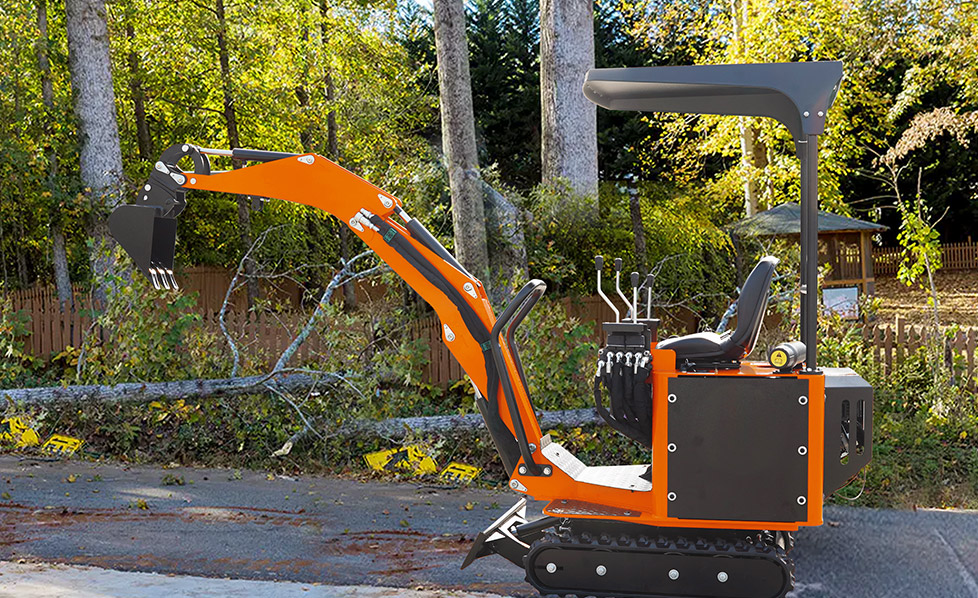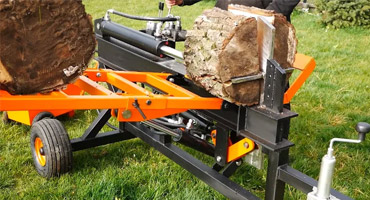 LANGUAGE
LANGUAGE


Web Menu
Product Search
Language
Exit Menu
Home / News / Industry News / Which is more economical and practical, gasoline or electricity for the wood splitter?
Industry News
Our Footprints Are Around The World
We provide quality products and services to customers from all over the world.
We provide quality products and services to customers from all over the world.
Search
Categories
Which is more economical and practical, gasoline or electricity for the wood splitter?
When considering the economic and practical aspects of powering a wood splitter, the choice between gasoline and electricity depends on various factors, including cost, availability, portability, convenience, and environmental impact. Let's examine each of these factors to determine which option, gasoline or electricity, is more economical and practical for a wood splitter:
Cost:
Gasoline: Gasoline-powered wood splitters typically require regular refueling with gasoline, which can be costly depending on fuel prices and usage. Gasoline prices can fluctuate, and the overall cost of fuel can vary based on the specific model's fuel efficiency.
Electricity: Electric wood splitters run on electricity, which generally tends to be more cost-effective compared to gasoline. The cost of electricity is usually more stable and predictable, making it easier to estimate the running costs of an electric wood splitter.
Verdict: In terms of cost, electric wood splitters are often more economical due to the relatively lower cost and stability of electricity compared to gasoline.
Availability:
Gasoline: Gasoline is widely available at gas stations, making it convenient to refuel a gasoline-powered wood splitter. However, if you run out of gasoline in a remote location, refueling may be challenging.
Electricity: Electricity is readily available in most residential and commercial settings. As long as you have access to an electrical outlet, you can power an electric wood splitter without the need for refueling.
Verdict: In terms of availability, electricity has the advantage as it is readily accessible in most locations.
Portability:
Gasoline: Gasoline-powered wood splitters are generally more portable than electric ones since they are not limited by the need for a nearby electrical outlet. They can be used in remote areas or places without access to electricity, making them suitable for outdoor or off-grid applications.
Electricity: Electric wood splitters require a nearby electrical outlet for operation. While they may have wheels for mobility, their range is limited by the length of the power cord.
Verdict: Gasoline-powered wood splitters are more portable and suitable for remote or off-grid locations, while electric wood splitters are more suitable for stationary or easily accessible areas.

Convenience:
Gasoline: Gasoline-powered wood splitters offer the convenience of immediate use without the need for any setup or electrical connections. They can be started and used whenever needed.
Electricity: Electric wood splitters may require initial setup near an electrical outlet and connecting the machine to a power source. While this setup may require a bit more effort, once connected, they offer the convenience of continuous use without the need for refueling.
Verdict: Gasoline-powered wood splitters offer immediate convenience, while electric wood splitters offer continuous use without the need for refueling.
Environmental Impact:
Gasoline: Gasoline-powered wood splitters emit exhaust gases, contributing to air pollution and carbon emissions. They also require the storage and handling of flammable fuel.
Electricity: Electric wood splitters produce zero direct emissions while in use. However, the environmental impact depends on the source of electricity. If the electricity comes from renewable sources, such as solar or wind, the environmental impact is significantly reduced.
Verdict: In terms of environmental impact, electric wood splitters have the advantage, especially when powered by renewable electricity sources.
Overall, the choice between gasoline and electricity for a wood splitter depends on individual preferences, specific requirements, and circumstances. Gasoline-powered wood splitters may offer greater portability and immediate convenience, but they can be more expensive to operate and have higher emissions. Electric wood splitters are often more economical, practical for stationary use, readily available, and have a lower environmental impact.
PREV:What are the advantages of using an electric log splitter?
NEXT:What is the difference between Black Diamond wood splitter and ordinary wood splitter?
NEXT:What is the difference between Black Diamond wood splitter and ordinary wood splitter?
Interested in cooperation or have questions?
FOR PURCHASE INQUIRIES
CONTACT US
BECOME AN AGENT
CONTACT US
PRODUCT
NEWS
CONTACT US
- No. 158 Songhai Road, Huimin Town, Jiashan City, Zhejiang Province P.R. China
-
Tel:
0086 573 8464 3695
0086 573 8464 7353
- E-mail: [email protected]
MOBILE

 English
English
